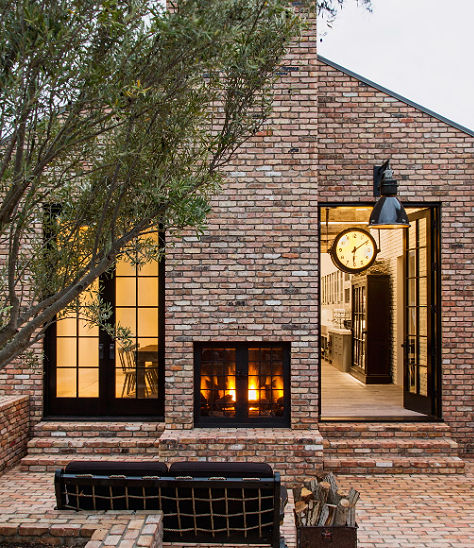Sunday Morning
An exploration into meaning, memory, emotion - and how these can impact our concept of home




“Sunday Morning” is an exploration into how architecture can hold a space for personal nostalgia—not in a kitschy or overly sentimental way, but as an acknowledgment that a ‘feeling of home’ is a kind of quilt created from memory, sensory moments or vignettes.
Sunday morning, a time when the pace of life’s daily routine may slow just a bit and home feels a little more special.
This feeling is very much a tactile experience; the smell of morning coffee and the familiar sound of family gathering for breakfast, the way the morning sunlight might rake across a textured interior wall, or perhaps there’s comfort in a certain corner of a room near the window with a view of darkening skies.
I’ve become increasingly aware of the role of ‘nostalgia’ in my own life as it weaves through my every day routine. While modern architecture sometimes leans away from nostalgia in practice, I see value in its incorporation somehow, as a kind of conceptual 'framework' for ‘memories of home’ and the emotional connection to these memories. The intent is not to design for nostalgia for its own sake, but rather to create this framework (or fabric, or common thread) to capture a sense of it, a glimpse, or a reminder. This is a deeply personal layer of architecture that goes beyond a developed aesthetic or function but can be a highly rewarding way of creating and living in our spaces; spaces that may better resonate with our own identity and purpose.
The images above are helpful, to me, when thinking about sentiment in design and how it might influence design thinking. The late Diane Keaton was an actor, author and designer. These images are from her 'Brick House' in Brentwood, Los Angles. What I find fitting is how materials (brick, wood, color) and objects (clock, books, pendant light fixtures) are used to create a subjective and personal space. These elements are threads woven through various spaces to orient and connect one's movement through, and attachment to them. A simple example, the clock is an iconic, over-scaled element (reminiscent of New York's Grand Central Station) that becomes a point of engagement from multiple vantage points. One 'checks-in' as one does, leaning into the passage of time and one's use of it. Its a beautiful theme and the clock's careful placement in space is a clear, commanding focal point. My sense is that Keaton may have had a personal connection to this clock, perhaps a reminder to a place she's been or something she had seen.
A less literal example of nostalgia in architecture as a concept could be the exterior brick patio. The 'excessive' brick exterior is a highly tactile, perhaps overly stimulated, satiated environment but may also hold some comfort in the mono-chrome like repetition of surfaces. And where foreign objects are placed, such as the outdoor sofa or the bin of firewood, these objects offer some respite and form strong connections to other elements in the home (I would argue as carefully considered and placed as the clock). One 'exits the brick patio' -or- enters the kitchen from the patio to find a more soothing interior with white washed wood, brick and plaster finishes. As one stands in the kitchen and looks deeper into the home, a rustic door opening beautifully frames the interior brick wall beyond. In this way the brick exterior turns inward, inside-out, and becomes accent or decoration.
Since we typically design spaces around program, nostalgia might be a way of transforming spaces into narrative(s). To design with nostalgia is to acknowledge a quiet truth that the concept of home is a feeling we assemble continually, piece by piece, through the resonance of memory woven from our experiences into our personal spaces.
-Rex Ingram